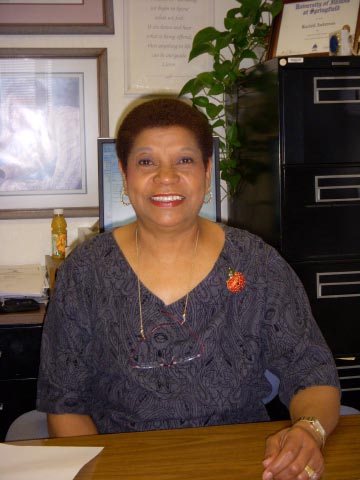By
Dr. Rachell N. Anderson
Parents want to please their children and make Christmas magic for them. This often means buying the toys and gifts their children have long been hankering for. Too often parents give in rather than endure children’s repeated nagging and crying for certain toys and gifts during the holidays and other times to that matter. This most effective tool is called Pester Power. This phrase emerged in the USA in the late 1970s to indicate the power children have by repeatedly nagging their parents into buying things for them.
Today’s parents are believed to take children's demands more seriously than parents did in earlier times. In those days, children were expected to be content with whatever they were given. Social and Industrial Psychologist are paid by business tycoons to research these things and to design strategies to make people want to buy more stuff. Many hard working parents are likely more stuff to buy their way out of the repeatedly demands of their children. Many confess to thie sentiment: “When my kids come up to me jumping around and begging for something I find it difficult to say no. It makes me feel happy when I see them smile and I hate to say no and make them upset.”
These parents admit to trying to resist but quickly fold under their children’s demands. Ten per cent of the parents studied said they caved in and bought their child whatever they wanted as they could not be bothered to deal with the fuss. Half of those questioned said they told a child they could not afford a particular item, while one in five distracted their offspring with a snack. Many parents admit to making promises to buy things but don’t and never intended to. What does this make them? What it this teaching the child?
Children have learned to up the ante. Tears (Water Power) and tantrums are handy tools. We’ve all seen that frustrated and defenseless parent pleading with a child who crying and screaming for a treat in the grocery store or for a toy in the department store. The scene is definitely not good for business.
What’s A Parent To Do?
1. Start early, set the boundaries for buying that are consistent with your Christmas presents budget. (Presents from others like grandparents need not included in this).
2. Discuss with the children (in a family meeting if possible)
A. How many presents each child may get. Or B. How much can be spent on each child. This becomes a contract or agreement (if you like that word better) between you and the children.
3. In the comfort of your home, using store flyers and catalogues, have each child to make a list of the things they want that fit in those boundaries.
4. Buy from that list only.
5. Consider giving children extra jobs for pay. With that money, they can buy additional things for themselves. This will teach them the value of money and their ability to earn.
6. No must mean, no. No amount of pester power or water power should dissuade from your path.
This way, you will teach your children the value of planning to spend their money. This lesson will be valuable even if they grow up to be millionaires.
Dr. Rachell Anderson is a licensed Clinical Psychologist, Professor Emeritus and author. She taught at the University of Illinois and ran a private Clinical Practice in Springfield, Illinois for more than 40 years. She lives and writes in Tunica, Mississippi. Check out her website at www.drrachellanderson.com for more articles and books.

 RSS Feed
RSS Feed
